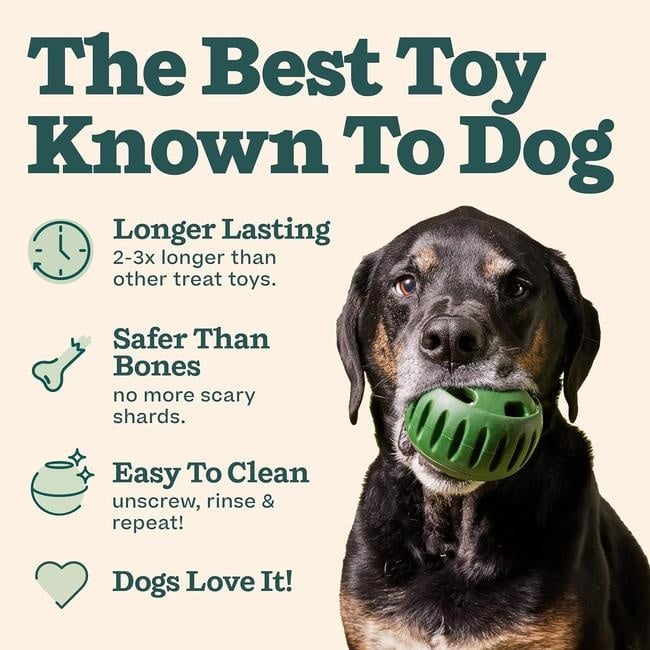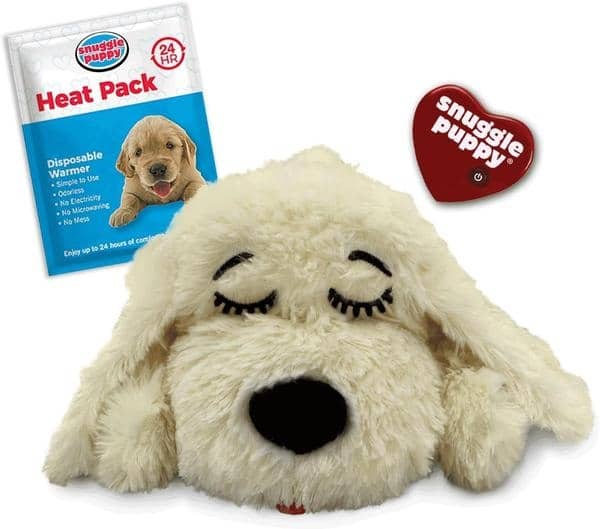Dog toys come in a variety of shapes, sizes, and materials, each offering unique benefits for your furry friend. From chew toys that promote dental health to interactive toys that stimulate mental agility, there is something for every dog. Discover the world of dog toys and find the perfect match for your canine companion.
Dog Puzzle Toys
All About Dog Puzzle Toys
Dog puzzle toys are interactive toys designed to mentally stimulate dogs and provide a fun challenge that keeps them engaged. These toys come in various shapes, sizes, and levels of difficulty, catering to the diverse intelligence and problem-solving abilities of different breeds.
Some common types of dog puzzle toys include treat dispensers that require dogs to manipulate them to release food, sliding puzzles that hide compartments for treats, and more complex toys that might require multiple steps to solve, such as pulling strings, pressing levers, or spinning disks.
The primary goal of these toys is to tap into a dog’s natural instincts to hunt and forage for food, turning mealtime or treat time into an opportunity for mental exercise.
The benefits of dog puzzle toys for canine well-being are significant. They can help reduce boredom and the undesirable behaviors that often stem from it, such as excessive barking or chewing on furniture. Mental stimulation is just as crucial for dogs as physical exercise, and puzzle toys can provide that stimulation even on days when outdoor activities might be limited.
They are particularly beneficial for high-energy dogs that require a lot of stimulation to stay content and for older dogs that may not be as physically active but still need to keep their minds sharp. By presenting dogs with problems to solve, these toys can help improve their cognitive functions over time and prevent the decline that can come with age.
When introducing dog puzzle toys to your pet, it’s essential to choose the right difficulty level. Starting with simpler puzzles can help your pet understand the concept and gain confidence. As they become more adept at solving these toys, pet owners can gradually introduce more complex puzzles to maintain the challenge.
Consistent use of these toys can help create a more balanced routine for your pet, offering them a healthy outlet for their energy and curiosity. It’s also important to supervise your pet during the initial stages of playing with a new puzzle toy to ensure they don’t become frustrated or attempt to chew through the toy, which could pose a choking hazard. With the right approach, dog puzzle toys can be a valuable addition to any pet’s repertoire of activities, contributing to their overall happiness and well-being.
Check Out the Dog Puzzle Toys on Amazon.com
Questions and Answers About Dog Puzzle Toys
Dog puzzle toys are an innovative category of playthings designed to stimulate a dog’s brain while providing physical activity and entertainment. These toys typically involve some sort of challenge that the dog must solve to receive a reward, often in the form of a treat.
The complexity of these puzzles can range from simple hide-and-seek games to more intricate devices that require multiple steps to unlock the treats within. Dog puzzle toys are beneficial for several reasons: they can help alleviate boredom, reduce destructive behavior by providing a constructive outlet for energy, and improve a dog’s cognitive abilities by encouraging problem-solving and decision-making.
One common question regarding dog puzzle toys is about their suitability for different types and ages of dogs.
Generally, there is a puzzle toy out there for every dog, but the key is to select one that is appropriate for your pet’s size, intellect, and energy level. Younger dogs or those with high energy may benefit from more physically demanding puzzles, such as those that bounce or require chasing.
In contrast, older dogs might enjoy less strenuous puzzles that still challenge their minds. It’s also important to consider the durability of the toy and ensure it’s made from safe, non-toxic materials, as some dogs can be quite persistent or aggressive in their quest to retrieve a treat.
Another frequent question is how to introduce a dog to a new puzzle toy and get them engaged with it.
Patience is crucial when presenting a new puzzle to a dog, as it may take some time for the pet to understand what is expected.
To start, show your dog the toy and let them sniff and explore it. Then, demonstrate how the toy works by solving the puzzle yourself and allowing your dog to watch. Make sure to offer plenty of encouragement and praise when they show interest or make progress.
Initially, you might need to make the puzzle easier or help your dog along, but as they get the hang of it, you can increase the difficulty to keep them challenged and interested. Remember that the goal is to make the experience positive and fun, so avoid showing frustration if your dog doesn’t understand immediately and always supervise playtime to ensure the toy is being used as intended.


